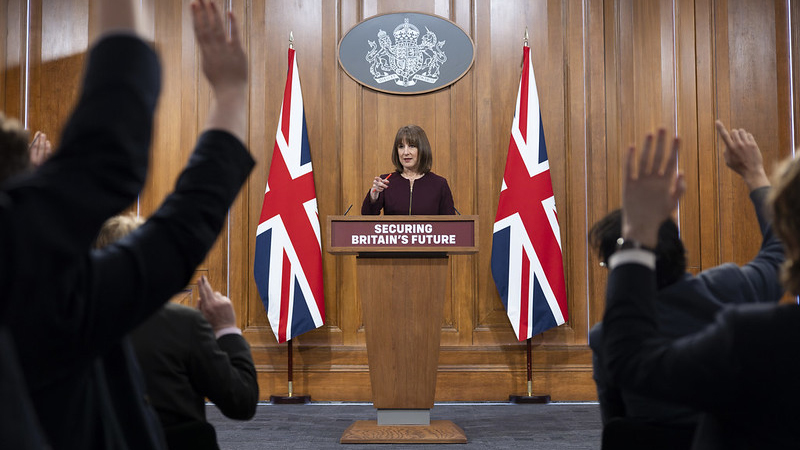If you had told me 12 months ago there was something I would have written more about than Brexit in the year ahead, I would not have believed you – but trade wars, unfortunately, are becoming a formidable challenger to that title.
Earlier this month, Donald Trump announced plans to place a fresh tariff of 10% on the remaining $300bn of Chinese imports, only for China to hit back against the US president by letting the yuan fall to its weakest level in more than a decade and asking state-owned companies to suspend imports of US agricultural products. Trump wasted no time accusing the Chinese of currency manipulation on Twitter.
Last week, Trump said he would only follow through with about half of those tariffs and delay the rest until mid December to protect the US consumer from elevated prices as they took to the shops for their Christmas shopping. That stance could, of course, change at any point.
Trump’s master stroke
While not good for market volatility, it pains me to admit that Trump may have pulled a master stroke with rates and trade tariffs.
As a self-proclaimed ‘business president’, his goals are to boost business and get re-elected. Whether the reason behind the former is self-interest or not is up for debate. But, either way, what he wants to achieve is a strong economy and a strong stock market. He’d be quite happy if they were the legacy of his tenure.
When Trump imposes trade tariffs it causes the global growth outlook and stock markets to fall. When growth expectations fall it increases the likelihood of rate cuts, which should then help the stock market. These lower rates also mean businesses can borrow more, at cheaper levels, and grow – albeit fuelled by debt.
Trump can then, at the time of his own choosing, take off the tariffs, likely causing the stock market to rally. He would then have everything he wants: strong stock markets and an increased likelihood of re-election. It will, in time, probably cause serious long-term issues for the US – but that is a problem for a future president (he hopes).
Powell’s spanner in the works
It’s no secret then that Federal Reserve chair Jerome Powell is not Trump’s favourite person at the moment. The reason for his anger is Powell’s proclamation that the decision by the Fed to cut rates by 25 basis points in July was “not the beginning of a long series of rate cuts”. Trump was quick to attack Powell for mounting fears over the economy, branding him “clueless” and claiming the Fed is holding the US back.
As a ‘balance sheet president’ Trump will always defend his administration’s dealings with China and blame others for the “crazy inverted yield curve”. In summary, he feels the US is winning the trade war and the Fed is holding it back.
Conservatism is now the order of the day in the US, despite a strong start to second quarter earnings season boosting relative US performance. In July, investors broadly moved into perceived safe havens, such as US Treasuries, as trade tensions continued to muddy the waters – something recent events will not have helped with.
What we have now is a solid economy which is undoubtedly in a late cycle, competing with the unknown impacts of trade wars. Last month, the International Monetary Fund said it expects the US economy to grow 2.6% in 2019, down from 2.9% last year but up from the 2.3% it forecast in April, while inflation remains pretty close to its official target of 2%. Unemployment is also at a 50-year low at 3.7%. In that sort of environment the Fed normally raises rates, the fact it hasn’t is a reflection of the strange times we live in.
Don’t ignoring the US completely
My personal view is that the US stock market still looks expensive as an investment opportunity. But as it represents the world’s largest economy and we are heading into the presidential election cycle, ignoring it completely or divesting is probably not the right move.
Those more cautious on the outlook for US equities might want to consider a global fund that has exposure but is underweight the asset class – JOHCM Global Opportunities, for example. Managed by Ben Leyland, it has capital preservation at the heart of its process and currently has a 30% allocation to US equities*.
For those with more confidence, Rathbone Global Opportunities could fit the bill. It has a 67%* weighting to the US and a bucket of defensive holdings which are less economically sensitive, with slower and steadier growth prospects, for risk management purposes.
For those who want pure US equity exposure, LF Miton US Opportunities is a highly differentiated US equity fund with a greater emphasis on medium-sized companies than most of its peers.
*Source: FE Analytics, 30 June 2019











